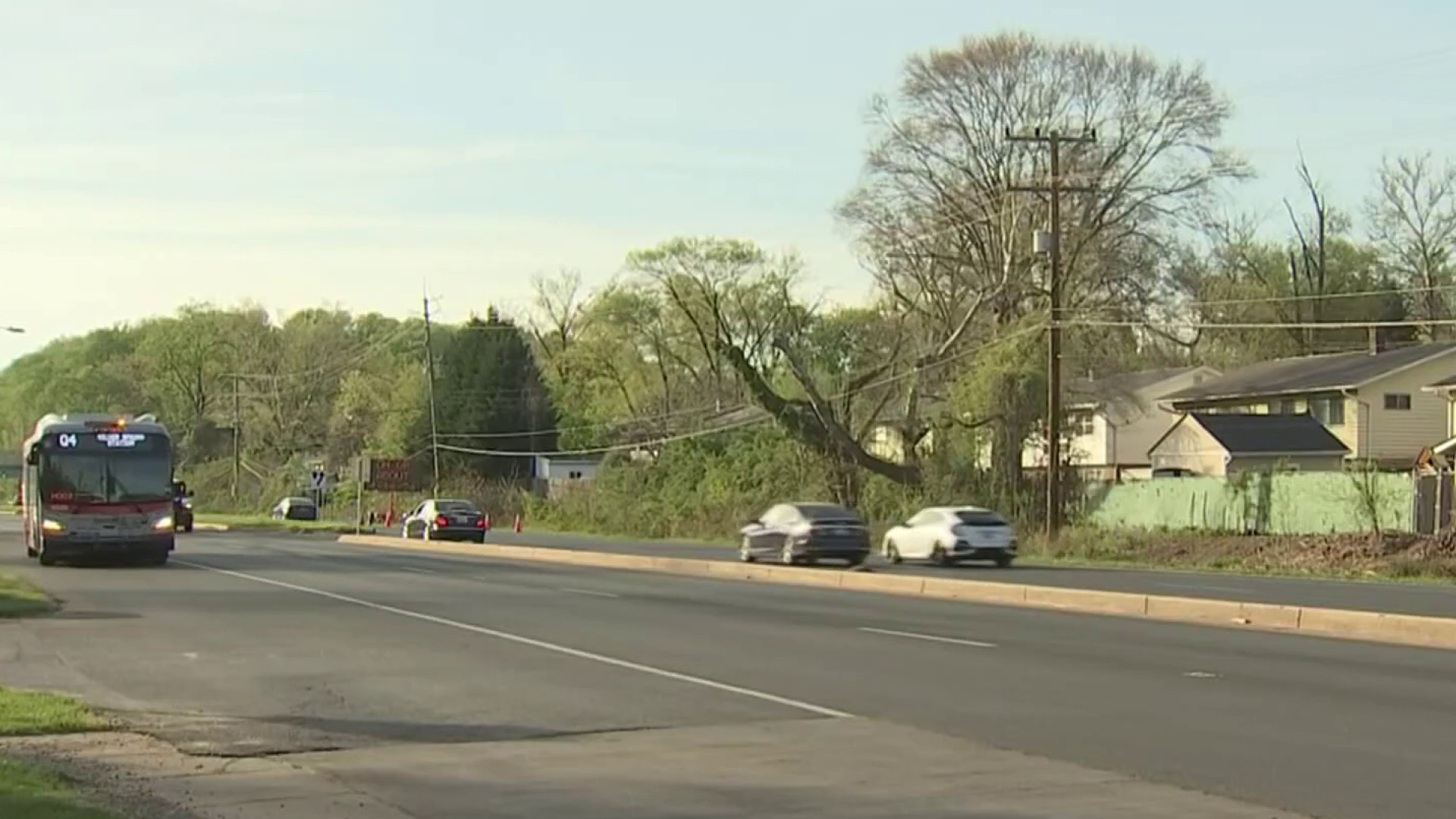WASHINGTON -- The U.S. Army Corps of Engineers halted its search for World War I-era chemical weapons in Washington's Spring Valley neighborhood after workers successfully found the chemical agent mustard.
The Army Corps discovered an open glass flask containing traces of the mustard just two feet underground at a vacant home behind American University last week. Workers found the flask in a test pit dug behind the home.
AU was used as an experiment station to develop and test chemical weapons during World War I. Workers disposed of munitions and laboratory glassware by burying them behind the campus.
The find was somewhat unexpected. The corps had already removed a containment structure at the property in March because they believed they had cleared the area known as “Pit 3” and further discoveries were considered unlikely, said Army Corps project manager Dan Noble.
“We had judged the likelihood of making a discovery like this was low probability, but not zero probability,” Noble said. “We have a high level of confidence that there was absolutely no public exposure here.”
Air monitors in the area didn't detect any traces of the mustard agent, he said.
During World War I, mustard gas was used as a weapon to cause blisters, temporary blindness, breathing problems and vomiting. It could be fatal in high enough doses. Depending on the temperature and other factors, mustard can be a liquid, solid or gas, said Todd Beckwith, an Army Corps project manager.
Local
Washington, D.C., Maryland and Virginia local news, events and information
“The intent during World War I,” Beckwith said, was that “they were looking at causing casualties, not necessarily deaths.”
Safety procedures will be reviewed before the excavation continues, Army Corps project manager Dan Noble said.
The flask was taken to Edgewood Arsenal in Maryland.
Eight workers who were near the substance underwent precautionary medical tests but showed no symptoms or complaints. Noble said all appear healthy, though additional blood testing is being conducted.
This is the fourth major dig for munitions and toxic agents over the past 15 years since the burial pits were discovered in Spring Valley, a neighborhood of multimillion-dollar homes. The current excavation began in 2007 at a house between the South Korean ambassador's residence and the former university president's home.
Previously, the Army Corps announced it had removed a munitions configured to explode that contained the volatile gas arsine, as well as a sealed glass test tube containing a military vomiting agent known as DA. The Army Corps has not released a full inventory of chemicals removed from the site due to security regulations, Noble said.
Soil in the area must be examined for traces of chemicals. Officials will determine whether a containment structure should be rebuilt at the site.
The Army Corps also continues to investigate more than 60 pounds of debris and laboratory glassware found behind a building on campus, according to a university memo. Workers plan to drill beneath that building as well.
The cleanup project is one of the only places in a major city classified by the Army Corps as a “Formerly Used Defense Site.”
An Orlando, Fla., community learned recently that hundreds of homes had been built on a World War II bombing range that wasn't thoroughly cleaned. And a subdivision in Arlington, Texas, also was built on an old bombing range in the early 2000s.
World War I-era munitions also have turned up in recent years on beaches in New Jersey -- material that was dumped at sea decades ago.



